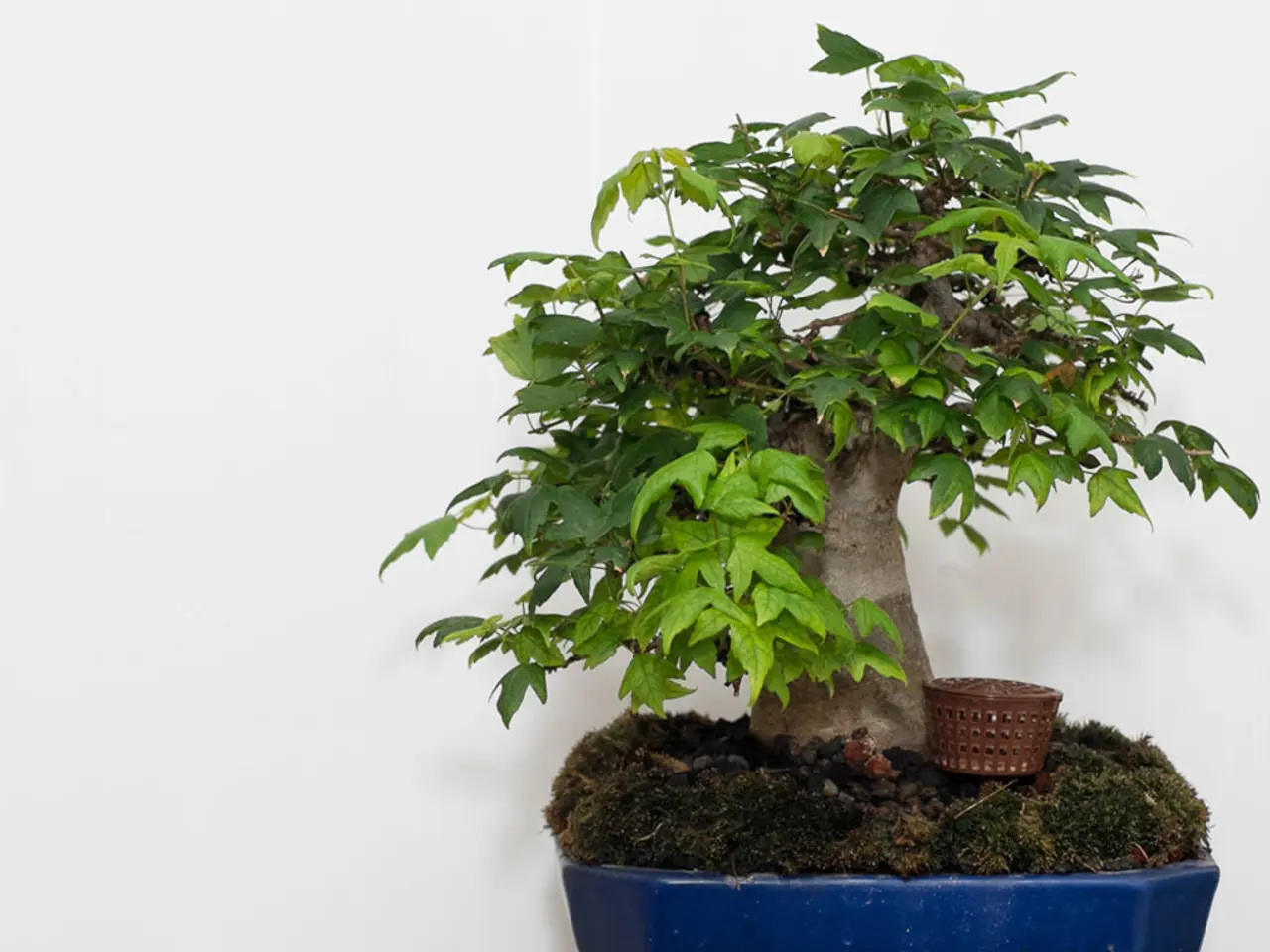Recording the Evolution of Bonsai Techniques: Tracing Progress and Introspection
The journey of nurturing a bonsai tree is a beautiful dance between art and nature, and documenting this process can provide a rich understanding of your tree's growth and transformation. Here's how you can create a visual and written legacy of your bonsai's evolution.
Photographic Documentation
Regularly capturing standardized photos of your bonsai from consistent angles across different seasons allows you to track growth patterns, leaf changes, and design progression. This visual record is essential for observing subtle changes and planning future care or styling. To ensure high-quality images, aim for a camera resolution of at least 12 megapixels. Inconsistent lighting can be addressed by using a tripod, shooting during the golden hour, or employing a lightbox or diffuser to create soft, even illumination.
Detailed Journaling
Maintaining written records of pruning dates, wiring, repotting, fertilizing, and observed growth responses helps capture the rationale behind each artistic decision and the tree’s reactions. This journal may include notes on environmental conditions affecting growth and health. Organizing your notes by date, tree species, and specific techniques ensures a clear and concise record that's easy to navigate and reference.
Use of Digital Tools
Apps like Appy Bonsai can streamline your bonsai documentation, offering convenient note-taking, photo organization, and tagging features. Such software can schedule care routines, provide species-specific guidance, and enable sharing of the bonsai journey with others. It also facilitates tracing the tree’s history through owners or caretakers.
Time-lapse and Periodic Reviews
Some artists supplement photography with time-lapse videos or periodic reviews to better understand seasonal growth cycles and structural evolution, ensuring informed pruning and styling decisions that respect the tree’s natural rhythms.
Integration of Artistic Records
Documenting styling techniques (such as bending, carving, wiring) and their timing ties artistic intervention to the biological response of the bonsai. This integration aids in refining future artistry by referencing past successes and adjustments.
By weaving together the threads of observation, insight, and wisdom, a rich tapestry of knowledge unfolds, guiding you towards a more harmonious and empathetic relationship with your tree. Through reflection, you can pinpoint moments of triumph and setback, analyzing the intricate dance between your nurturing and nature’s rhythms.
Building a visual legacy involves capturing the fleeting moments of your bonsai's metamorphosis in photographs. This visual chronicle serves as a legacy to the intricate dance between your creative vision and the natural world, capturing the subtle nuances that reveal the essence of your bonsai's character. Your written legacy, enriched by the nuances of your bonsai's growth, becomes a chronicle to the beauty of symbiosis.
To fully capture the timeless moments of your bonsai's development, consider using morning light, unique vantage points, and seasonal contrasts. With these methods, you can pause time, preserving the moments of beauty that unfold during its development.
Developing a lifestyle centered around home-and-garden activities can enrich the process of bonsai gardening. Documenting the growth and transformation of your bonsai tree through frequent gardening-related activities, such as adding notes on pruning, wiring, or fertilizing, can help foster a harmonious relationship with your tree.
Preserving this visual and written legacy through gardening techniques like photographing your bonsai from various angles, maintaining detailed journals, or using digital tools like Appy Bonsai, also serves as an artistic record that showcases the integration of creativity and nature.




